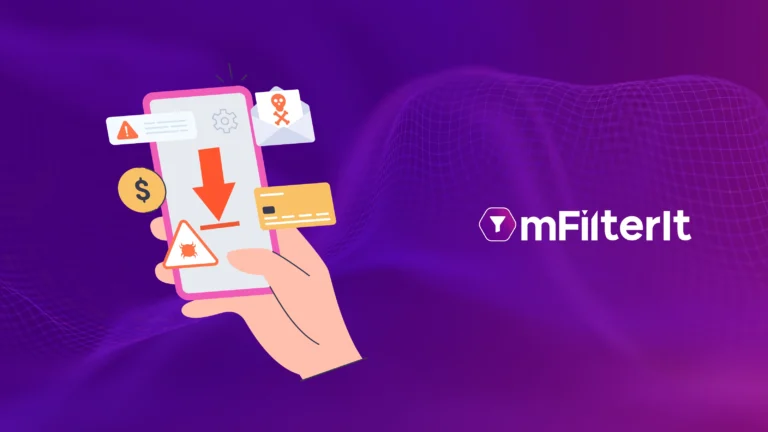The total number of smartphone users in the world stands at 3.8 billion which is half the population of the world. With the pandemic hitting countries across the globe, the mobile industry witnessed a wave of change, from increased mobile usage to exponential growth in app installs. Brands and marketers saw it as an opportunity to get more customers, therefore mobile advertising spending has been projected to reach $368 billion in 2022.
The share of app install ad spending is expected to grow by 30% by 2022 which is almost a third of today’s mobile ad spend.
Due to increased mobile usage, there also has been an exponential rise in mobile app downloads. Studies suggest that mobile app downloads rose from 204 billion in 2019 to an expected 258 billion downloads in 2022.
However, the one aspect which hasn’t been given due consideration/analyzed is how mobile app fraud has also grown in tandem with mobile installs, especially in the Covid times. As more and more users install and engage with mobile applications, fraudsters are leveraging this wide playing field to steal ad spends and drive fraudulent conversions. A study recently pointed out that 21.3% of iOS apps and 26.9% of Android mobile app installs are fraudulent. Other statistics suggest that an overall $25.8 billion has been lost to mobile ad fraud out of which 42% accounts for app installs farms/SDK spoofing, 30% for click injection the remaining 27% to click spam.
Clearly, the problem is huge.
What is Mobile App Install Fraud?
A mobile app install fraud occurs when fraudsters generate fake downloads and installs using automated tools to trick advertisers and users. There are a plethora of ways fraudsters leverage to receive significant payouts from advertisers and marketers on the pretext of fake installs while marketers unknowingly pay millions of dollars in ad spend for installs that are not even genuine.
One such technique of mobile app fraud is click injection. Fraudsters create malicious apps which are then published on major app stores which when downloaded generates a fake click. The clicks appear to be originating from the website of the malicious publisher. These apps then detect when new applications are downloaded on the device and then inject clicks after the download is completed and before the app is installed. In such ways, fraudsters receive money for every click and install by stealing genuine clicks and receiving payments on their behalf.
Another technique used by fraudsters is ‘Device Emulators’. These devices are capable of mirroring every aspect of the original device’s behavior. Such devices are used to download and install applications in high volumes which create an illusion of new devices and legitimate users.
Detecting Mobile app install fraud
No industry is immune to fraud, hence it’s unavoidable. But to begin with, having the right attribution vendor is imperative. Apart from that, one can also pay attention to the following techniques to analyze mobile app install fraud:
- Non-human in-app behavior, commonly known as post-install anomalies
- Hyper Engagement- Multiple clicks from a single source
- Click to Install time outliners: Understanding the click which was meant to drive the install, either it was too early or too late.
- Events time outliners- Odd events such as installations at 3 am
- IP anomalies- Different IP addresses of the impression and then click
- Device blacklisting – Any install that takes place on a blacklisted device
Fraud is a cyclical element. Fraudsters are continuously developing technologies to cheat the ecosystem whereas tech companies are constantly evolving to find ways to stop these fraudsters. Shockingly, 22% of fake installs happen in the eCommerce industry followed by the finance industry with close to 21% of mobile app install fraud. An average rate of fake installs generates up to $3 for the fraudsters. The sky is no longer the limit for the bad guys out there.
Are you now questioning the data given to you for the installs that took place in your campaigns? Do you now question the marketing budgets set out for an install campaign? Worry not, we got you covered!
Get in touch with our experts who will safeguard your budgets and maximize your ROAS by filtering out the mobile app fraud elements.



